UPDATE May 16, 2020: On Friday, May 15, 2020, Lands & Forestry Minister Iain Rankin was interviewed on CBC’s Information Morning (Halifax) regarding the comments of Shelly Hipson on May 11 (below) about the HPF (High Production Forestry) proposals for Crown lands. For the record and to encourage ongoing public discussion on this topic, I have posted an ‘abbreviated transcript’ of the interview with Minister Rankin as recorded by CBC, and a response of Shelly Hipson on May 16,2020 to Minister Rankin’s comments below this post.
Concludes Hipson: There are 356,000 ha of working forest in the Ecological Matrix, compared to 333,000 ha assigned to the High Production Forestry units, a roughly 50:50 split… “We are concerned about clearcutting. We are not concerned about clearcutting land where you can’t clearcut.” [In the HPF Discussion Paper, the total land area assigned to the Ecological Matrix is 47.2% of Crown Land consisting of working forest and other land use designations; the total land area assigned to HPF is 18.2%, all of it working forest or potential working forest.]
—————————
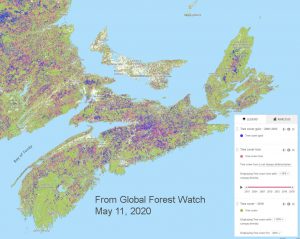
Tree Canopy Gain (blue)-most of it in recovering clearcuts, and Tree Canopy Loss (red) in NS 2001-2018; green is in forest not harvested in the last approx 50+ years. Where will the HPF sites be located?
Click on image for larger version
On CBC’s Information Morning (Halifax) this am., Shelly Hipson raised some significant concerns about the designation of Crown lands for High Production Forestry, and how those are presented to the public.
An Abbreviated Transcript* of the Interview (I have inserted the links):
CBC (Portia Clark): … The Independent Review recommended Ecological Forestry… the new plan would see some forest set aside for conservation plus an ecological area logged without clearcutting and a third area for high production plantation type forestry (HPF). In the HPF fast growing species would be grown using herbicides and fertilizers and clearcut every 30 to 45 years. Just before Covid19 hit, the province released a Discussion Paper on HPF. Shelly Hipson has had a close look at it. She manages the [public] Facebook group, People for Ecological Forestry in SW Nova Scotia.
What are the main concerns that you have is how the province has broken down the land that is available for each of the categories. Can you explain that?
Continue reading →
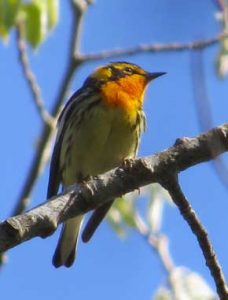




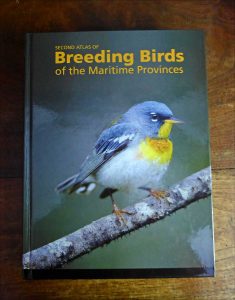
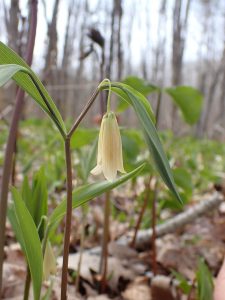

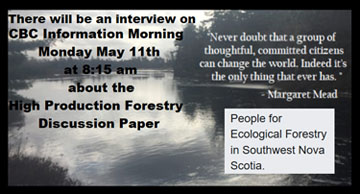
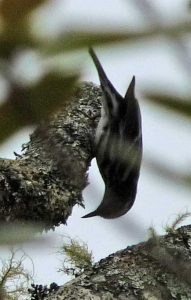
 Perhaps all of this is well known to journalists. But it wasn’t to me. As well as static documents, whole functional websites are archived on the Internet Archive and within those archived websites, links to pre-Sept 2018 CH articles (no longer available via the CH website), go to perfect replicas of the original articles.
Perhaps all of this is well known to journalists. But it wasn’t to me. As well as static documents, whole functional websites are archived on the Internet Archive and within those archived websites, links to pre-Sept 2018 CH articles (no longer available via the CH website), go to perfect replicas of the original articles.